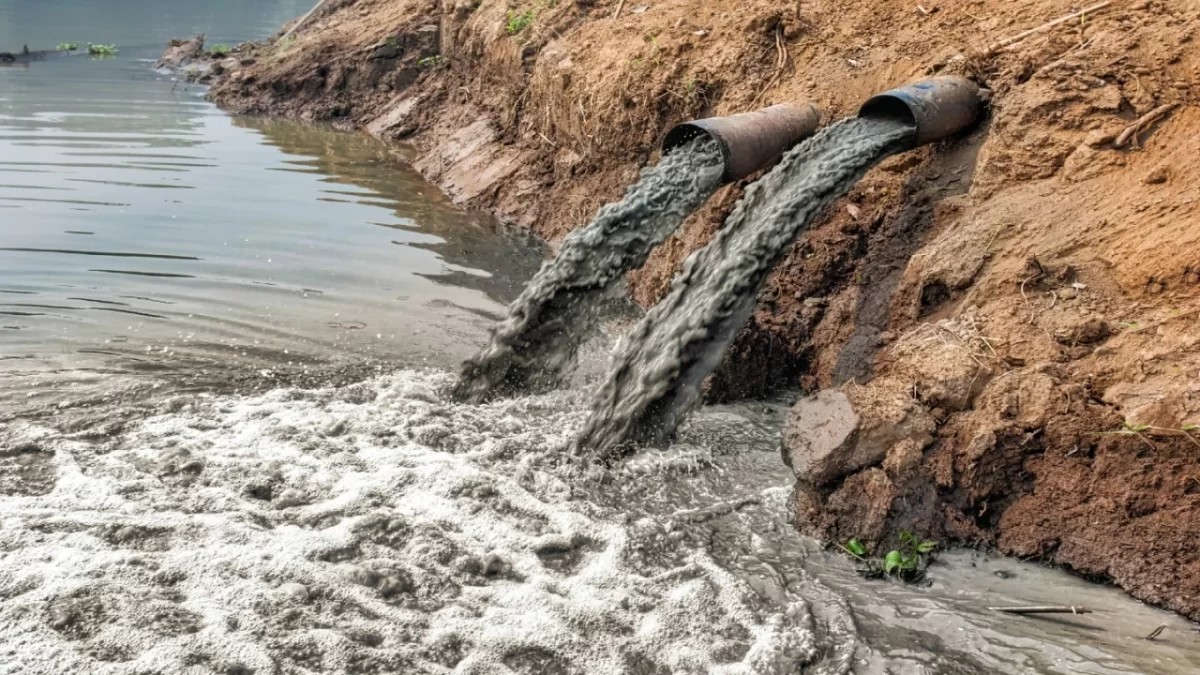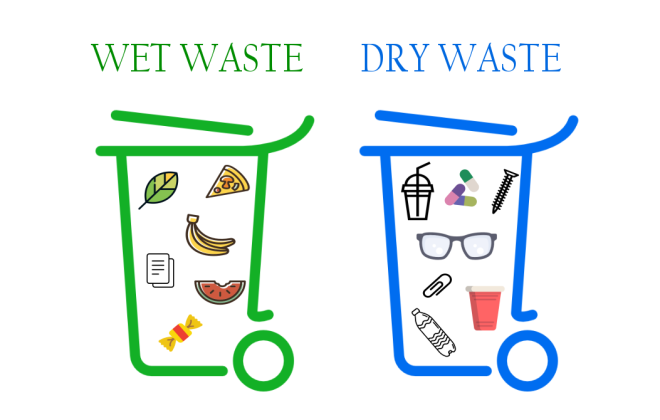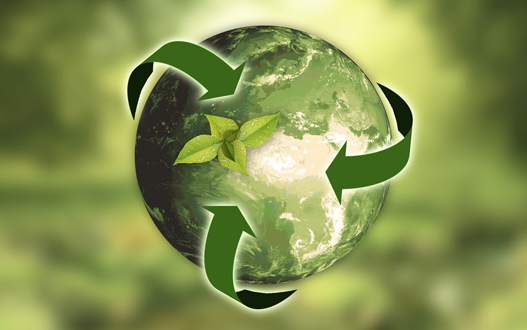The Devastating Effects of a Polluted Pond on the Environment
Polluted Pond And Its Effects
Ponds are often seen as peaceful and serene, but when they become polluted, they can have serious consequences. Pollution can harm the plants and animals that live in the pond, as well as the people who use it for recreation or as a source of drinking water. Learn about the harmful effects of pond pollution and what steps can be taken to prevent it.
What is pond pollution?
Pond pollution is the introduction of harmful substances into a pond, such as chemicals, sewage, or waste. This can occur from a variety of sources, including agricultural runoff, industrial discharge, and improper waste disposal. When these pollutants enter the pond, they can disrupt the delicate balance of the ecosystem, harming plants and animals and potentially contaminating the water supply. It is important to take steps to prevent pond pollution and protect the environment and human health.
The impact of pond pollution on the environment.
Pond pollution can have devastating effects on the environment. It can lead to the death of fish and other aquatic life, as well as the growth of harmful algae blooms that can deplete oxygen levels in the water. This can create a domino effect, as other species that rely on the affected organisms for food and habitat are also impacted. Additionally, polluted pond water can seep into the soil and contaminate groundwater, potentially affecting drinking water sources. It is crucial to take action to prevent pond pollution and protect the delicate balance of the ecosystem.
The impact of pond pollution on human health.
In addition to the harm it causes to the environment, pond pollution can also have serious consequences for human health. Exposure to contaminated water can lead to skin irritation, gastrointestinal problems, and even neurological damage. Ingesting polluted water can also lead to serious illnesses such as cholera and typhoid fever. It is important to take measures to prevent pond pollution not only for the sake of the environment but also for the health and safety of humans who rely on the water source.
How to prevent pond pollution.
There are several steps that can be taken to prevent pond pollution. One of the most important is to properly dispose of hazardous materials such as chemicals and pesticides. These substances can easily make their way into the water supply and cause harm to the ecosystem and human health. Additionally, reducing the amount of fertiliser used on nearby lawns and gardens can help prevent excess nutrients from entering the pond and causing harmful algae blooms. Finally, it is important to properly maintain septic systems and avoid dumping waste into the pond. By taking these steps, we can help protect the environment and ensure the safety of our water sources.
The importance of protecting our water sources.
Our water sources are essential for the survival of all living beings on this planet. Polluted ponds not only harm the ecosystem but also pose a serious threat to human health. Polluted water can contain harmful bacteria, viruses, and chemicals that can cause a range of illnesses, from skin irritation to cancer. It is crucial that we take steps to prevent pond pollution and protect our water sources for the health and well-being of ourselves and future generations.
Polluted Pond And Its Effects: How to clean polluted pond





